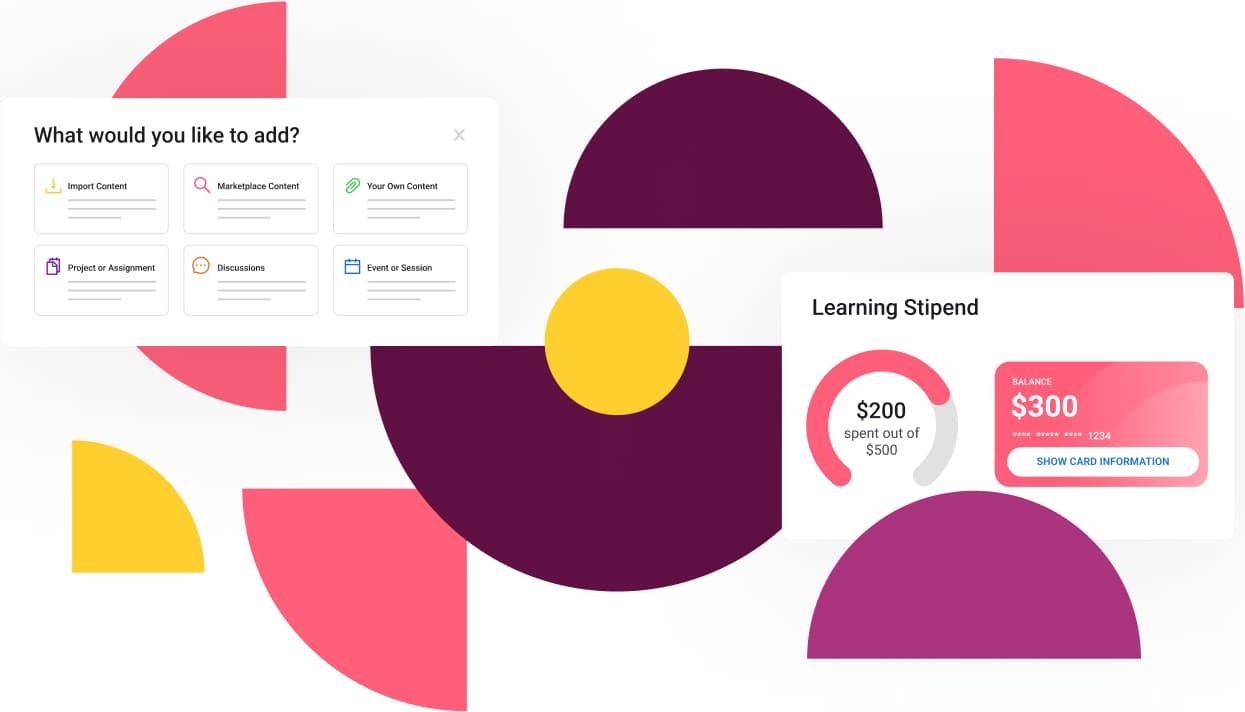Technology’s Potential to Expand Diversity and Inclusion Efforts Within L&D
There is now greater collective awareness and recognition of the need for system-wide solutions to address diversity and inclusion challenges in businesses. In this blog we cover some exciting technological innovations that are driving new behaviors and accelerating progress in the learning and development space.
The recent wave of protests has shone a light on racial injustice in the United States, the need for action to eradicate structural racism, and the importance of securing equal opportunity, freedom, and human dignity for Black Americans. In the past weeks, we’ve seen a wave of statements from business leaders expressing solidarity and a commitment to address systemic racism in their companies and communities. Yet, to move from words to action, employers must examine every program within their company through a lens of equity and justice. This includes corporate learning and development programs.
The bulk of diversity and inclusions (DE&I) initiatives within learning and development have focused on anti-bias training. But, on its own, anti-bias training is not enough. Diversity trainings aimed at reducing bias in the workplace are often designed with the goal of preempting lawsuits by policing people’s behavior. Yet research shows that this kind of force-fed training can put participants on the defensive and solidify biases rather than dismantling them.
Now is the time for L&D and HR leaders to move beyond diversity training and re-imagine the work their department can do to advance an inclusive culture and ensure equitable access to employment opportunities. We see great potential in the following innovative technological solutions to diversity and inclusion challenges in the corporate learning space.
Virtual Reality Training
Praxis Labs partners with organizations to increase diversity and inclusion outcomes through research-backed immersive learning experiences. Its virtual reality learning modules are designed to help people better understand the experience of those with different backgrounds, experiences and identities. Additionally, the modules help train employees on how to best respond in the moment to specific situations, such as microaggressions and sexual harassment.
Praxis Lab’s immersive experiences are based on research from Stanford’s Virtual Human Interaction Lab, which has found that participants using VR are 22% more likely to adopt an inclusive behavior than those who read content on the same topic.
Equitable Upskilling-as-a-Service
As it stands, corporate tuition assistance leaves many people behind. In the US, a common feature of employer tuition reimbursement programs is that, as the name implies, employees pay education expenses up front, and are later reimbursed by their employer, subject to eligibility requirements. Yet, a 2018 Federal Reserve report on the economic wellbeing of US households found that 40% of US adults would not be able to cover an unexpected expense of $400. In this context, programs that ask employees to lay out several thousand dollars remain inaccessible to a large number of workers.
Additionally, most corporate sponsored upskilling initiatives expect employees to dedicate personal time outside the workday to acquire needed skills. Yet, employees consistently report that time is the biggest obstacle they face to job-related upskilling. Time is an especially cumbersome obstacle for employees who are running single-parent households, who are working two jobs, or who are caring for older relatives.
Learn In is an innovative platform that helps companies solve for time and money to ensure more employees have access to opportunities to learn and advance in their career. Learn In helps companies provide a range of tuition assistance options including Income Sharing Agreements (ISAs), and its time allocation service helps managers easily allocate and manage time for learning by opportunity, role or individual.
Training Within Existing Workflows
Crescendo enables global companies to run successful diversity & inclusion programs. Their platform saves D&I and HR teams 70% of the time it takes to launch and maintain meaningful D&I education programs, and builds cultural competence and belonging into corporate cultures in ways that are measurable and scalable over time.
At the core is a microlearning platform that integrates into employees communication tools (eg: Slack, Microsoft Teams, & Email) and provides a personalized learning experience for every individual. Then on the backend, they have an analytics hub that gives D&I and HR teams insight into what is resonating with employees, how they’re progressing in their learning journey, and helps them make decisions about where to allocate their resources.
Their research on why D&I programs fail has guided the development of their platform, and their clients include multinational tech companies, ad agencies and CPGs like Indeed, Remitly, and ASICS.
Leading Change From Within
There is now greater collective awareness and recognition of the need for system-wide solutions to address D&I challenges in organizations. We see great potential in new technological capabilities that seek to drive new behaviors and accelerate progress in the learning and development space. That said, while new technologies in this space hold the potential to disrupt organizational systems that allow bias and unfair treatment to perpetuate, they also carry some risks. Technological solutions can advance the perception that people are not responsible for solving issues of discrimination and bias. And they can reduce people’s sense of empowerment to make critical decisions. Being an informed consumer of these new technologies and keeping these risks front of mind is a key step to ensuring the success of these D&I interventions in the corporate learning space.

